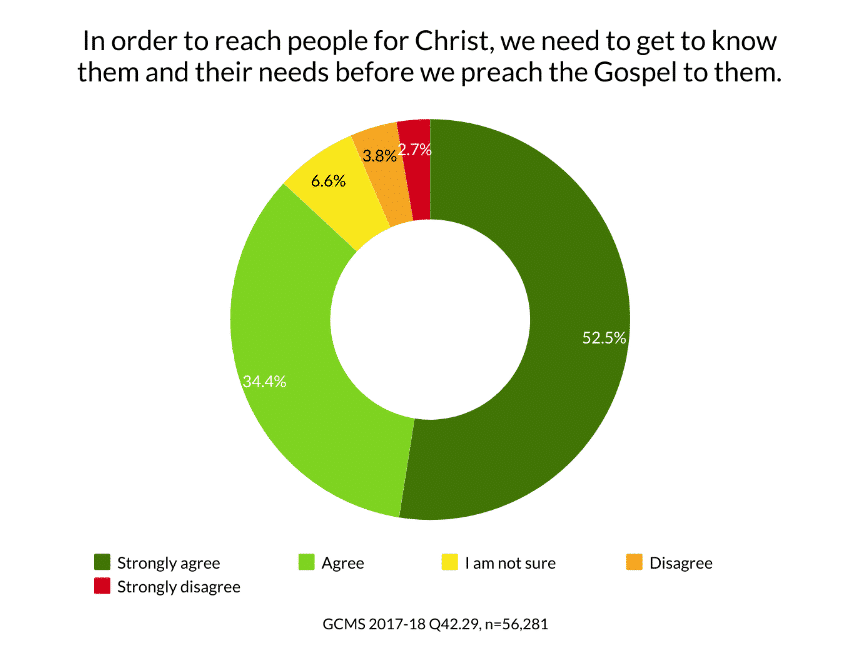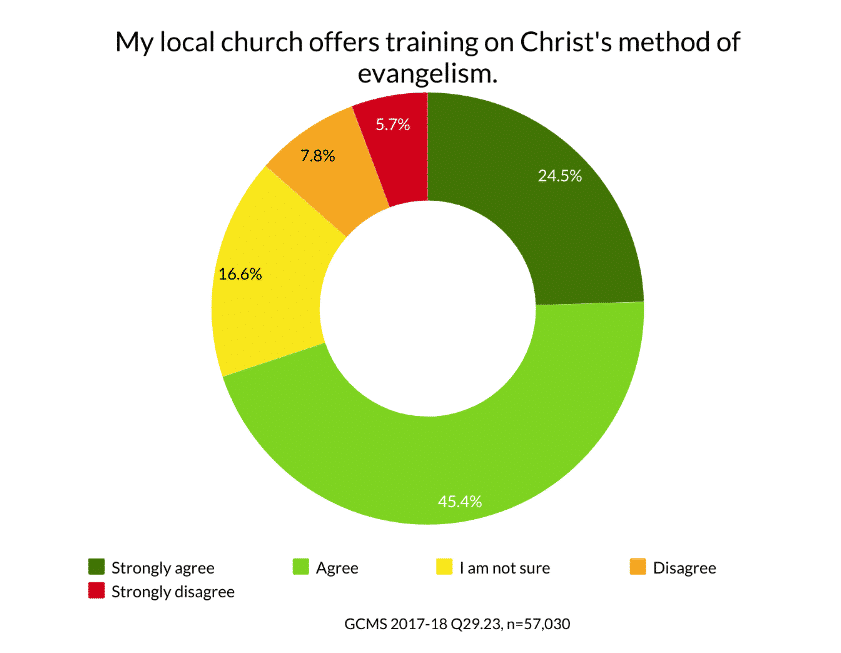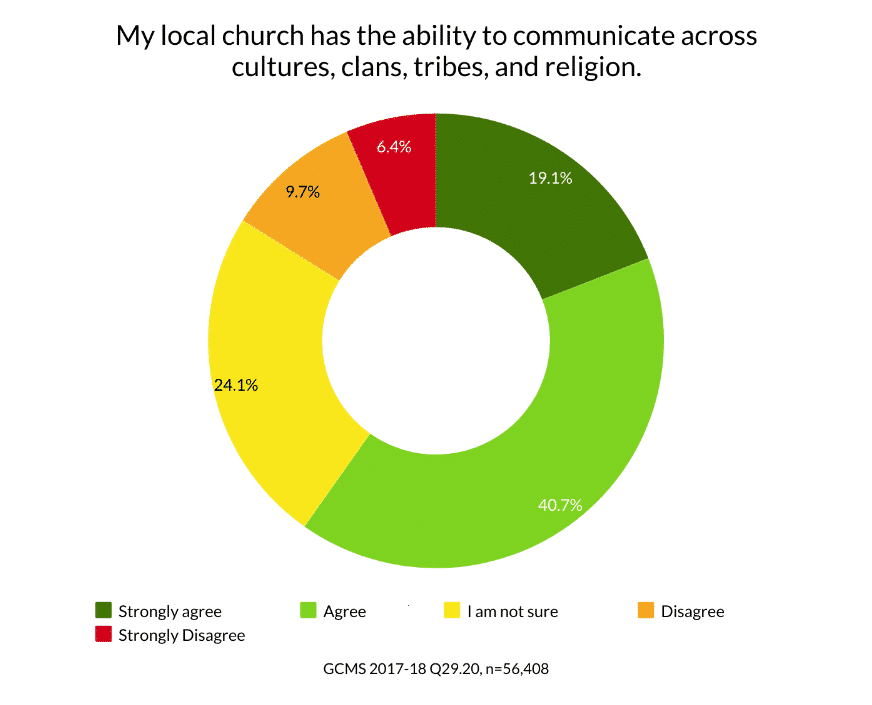Christ’s method alone will give true success in reaching the people. The Saviour mingled with men as one who desired their good. He showed His sympathy for them, ministered to their needs, and won their confidence. Then He bade them, “Follow Me.”
Ellen G. White, Ministry of Healing, 9:143
When Jesus was on earth, He was not afraid to engage with people in a personal way. Before trying to convert them or persuade them to turn from their sin, He got down on their level and simply loved them where they were. We see this throughout the Gospels:
- Jesus engaged with the Samaritan woman at the well and listened to her story, even though He knew everything about her already (John 4).
- Jesus dined at the home of Zacchaeus, even though the religious leaders grumbled (Luke 19).
- Jesus mourned with Mary and Martha when their brother Lazarus died, even though He knew He was about to raise him from the dead (John 11).
Jesus’ ability to feel the full gamut of human emotions, as well as His willingness to engage with humanity in the midst of their sin, provided a unique method for reaching mankind. Today, this method should serve as the ultimate model for engaging with those who do not yet know Christ.
Participants in the 2017-18 Global Church Member Study were asked if they agreed that Christ’s method is effective; that is, in order to reach people for Christ, we must get to know them and their needs before preaching the gospel. A majority (87%) agreed that Christ’s method is a fruitful way in which to reach people. Interestingly, 7% disagreed and the same number of participants was unsure, which begs the question: what other method(s) might be more effective?

Following Christ’s method is likely not something that comes naturally to every church member. Thus, one might wonder to what extent local churches offer training on this method of evangelism. When asked about their local church’s training, seven out of ten (70%) of respondents agreed or strongly agreed that their church offers such opportunities; this is an encouraging number! However, 30% disagreed to some extent or were not sure, indicating that their church did not offer training on Christ’s method of evangelism or that they were not aware of it.

Church members were also asked about their church’s effectiveness in communicating across cultures, clans, tribes, and tongues¾an essential part of meeting people where they are. Three in five (60%) respondents believed that their church effectively communicates in a diverse context; however, nearly a quarter (24%) were unsure, and 16% disagreed to one extent or another. This appears to be an area in which growth and improvement is needed.

When we examine the world around us today, it seems as if there is more disharmony and tension than ever before. Racial tensions seem to be at an all-time high, politicians are battling for their voices to be heard, and the COVID-19 global pandemic is at the forefront of everyone’s minds. As a church, it would be easy for us to retreat into the comfort of ourselves. However, when we consider how Christ operated, it would seem that we are living in a period of time when Christ’s method is needed more desperately than ever.
If you were to take steps to employ Christ’s method in a better way, what would this look like in your community?
- Who is your target audience?
- What is their most basic unmet need?
- What are some tangible steps that you can take to meet that need?
- How can you continue to grow relationships once the basic need is met?
- How will you measure success? What does it look like?
In addition, based on the 2017-18 GCMS data, we can see that there is a need for churches to train their members better in Christ’s method, as well as expand their ability to communicate more effectively with diverse communities. With that in mind:
- What is a training program that you can implement in the next month, quarter, or year to help members become more familiar with Christ’s method of reaching people?
- How can your church as a whole, as well as members individually, become better at communicating with diverse communities?
- Once you complete training, what are some tangible steps your church can take after training is complete to implement Christ’s method in your community?
Having this valuable insight on Christ’s method for more than a century, should we, as Adventists, make even more efforts to practice it in these troubled times? May our sympathy with people and ministry to their needs bring them closer to Christ, the only Source of true happiness and salvation.
For more information on 2017-18 Global Church Member Survey (GCMS) go to the Meta-Analysis Report.
Creado en colaboración con el Instituto del Ministerio de la Iglesia (Institute of Church Ministry).
Published by ASTR

